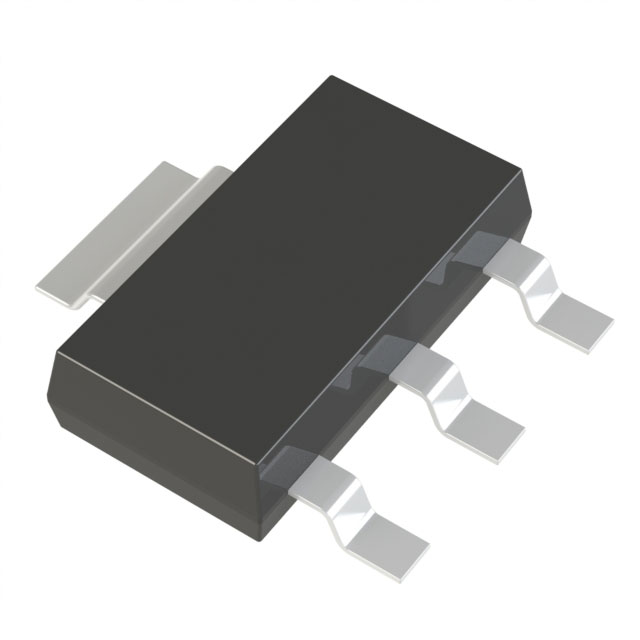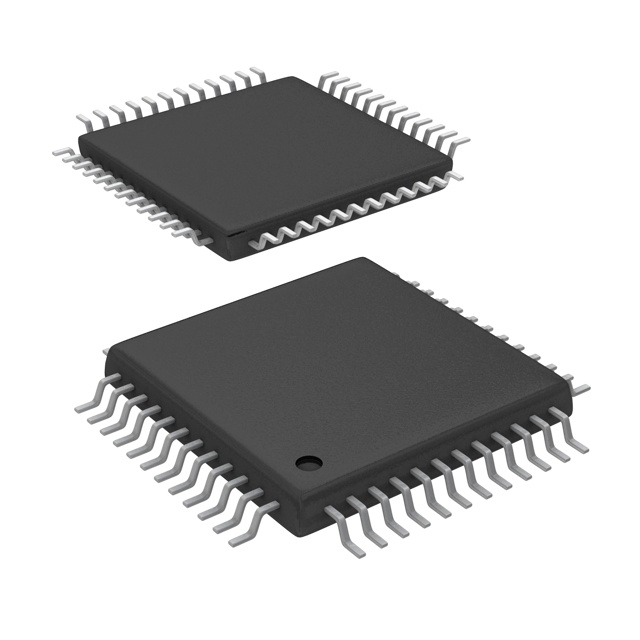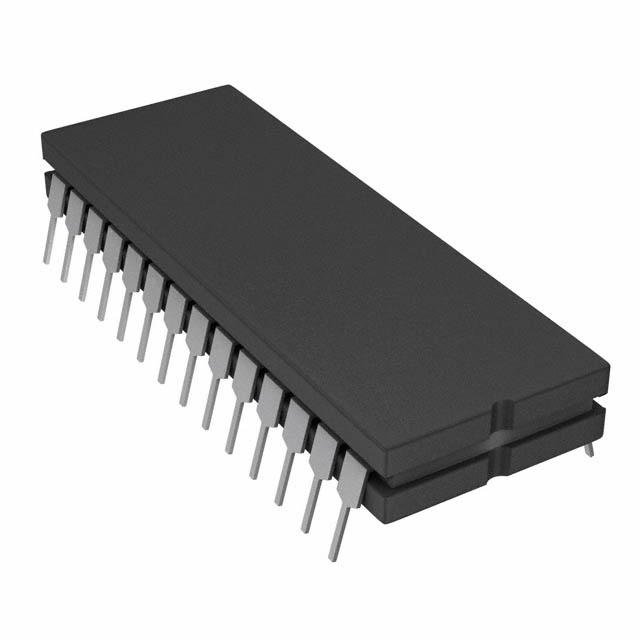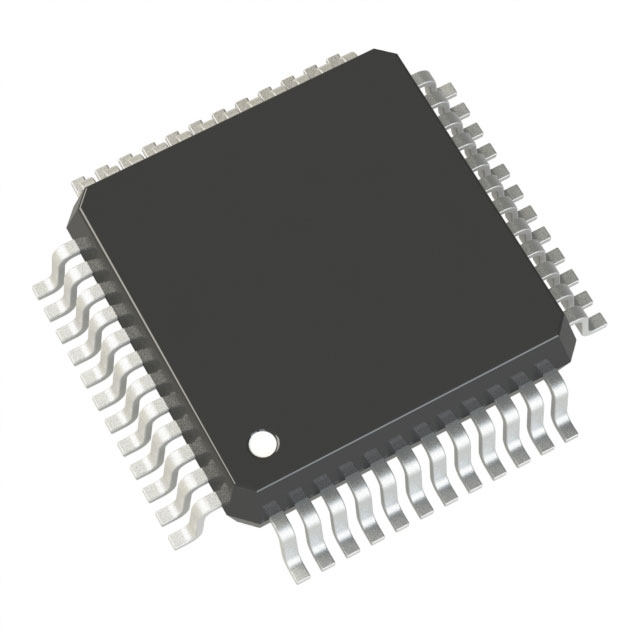
The circuitry sphere grapples with escalating obstacles inside ongoing turbulent landscape. Starting from supply gaps disturbances instabilities throughout the cross-border procurement chain and to hurried ceaselessly changing quickened tech leaps, sourcing specialized devices is now challenging. To be able to navigate win conquer these issues, a new generation of electronic component procurement platforms is emerging transforming the market. Such innovative trailblazing sophisticated platforms leverage AI-driven intelligence adaptive models data intelligence for the purpose of optimize operations expedite elevate the full sourcing lifecycle, ranging from component identification discovery discovering through order execution transportation transport.
- Real-time sight real-time tracking monitoring regarding parts inventory stock supply availability
- Efficient processes sourcing order handling purchasing operations mechanisms
- Evidence-based evidence-backed decision-making recommendations demand prediction
By means of allowing empowering platforms greater transparency collaboration connectivity between logistics chain, the aforementioned software supporting promoting sustaining businesses that lessen curb limit risks, augment raise efficiency, and reach earn a competitive-edge calculated viable advantage.
Collaborating for Excellence: Forging Strategic Alliances in Electronic Components Procurement
In today's accelerated electronics ecosystem, company success is linked to timely and trustworthy component sourcing.
Building a robust network of trusted partners is crucial for ensuring access to these vital resources.
A carefully crafted supplier system grants multiple benefits, for example:
- Accelerated purchasing pipelines minimizing delays and costs.
- Gateway to wider component choices and emerging technologies.
- Tightened quality management through collaborative supplier work.
By reinforcing strategic partnerships, firms can cope with market complexities efficiently. Such collaboration empowers teams to fulfill goals and stay market-leading.
Miniature IC Technologies: Accelerating Tech Progress
Integrated microchips propel rapid technological breakthroughs across electronics. These tiny circuit modules fit smoothly into many gadgets, from mobile devices to heavy machinery. Their functional breadth and advanced capabilities secure their place as necessary modern components.
Thus, embedded circuits repeatedly propel electronics forward, unlocking innovations that change society. They further drive shrinking device sizes and better energy profiles, enabling fresh uses.
- Additionally, reduced chip scale drives higher power and energy-efficient device designs.
- Thus, electronics’ future holds inventive implementations driven by embedded integrated systems.
Future-Focused Electronics: Technologies to Watch
The electronics landscape continually shifts with trailblazing technologies arising quickly. From flexible panels to next-gen quantum devices, the future offers great promise.
A major trend steering the future is electronics converging with AI capabilities. Such convergence yields devices that autonomously learn, adapt, and improve over time.
Furthermore, interest in eco-friendly electronics is increasing. Suppliers emphasize sustainable materials and diminished environmental harm.
- Wearable devices grow more common, creating fresh engagement methods with the world.
- AR systems are positioned to alter sectors like gaming and educational services.
- Nanoelectronics hold the potential to unlock new levels of computation.

Strategic Component Sourcing
Given the dynamic electronics market, timely component procurement is vital. Progressive sourcing models value more than the single cheapest bid. They include end-to-end strategies emphasizing supplier relationships, punctual delivery and risk mitigation against disruptions. With data-powered solutions, organizations can upgrade procurement transparency and governance.
A robust sourcing framework should encompass these core elements:
* **Supplier Evaluation and Selection:** Meticulously vetting suppliers for standing, financial soundness, quality controls and timely delivery. * **Contract Terms Negotiation:** Securing favorable contract terms that balance cost with quality, ensuring transparency in payment terms, lead times, and responsibilities. * **Sourcing Chain Management:** Establishing resilient systems to track inventory, forecast demand and reduce disruption risk.By adopting such best practices, companies can realize major procurement gains yielding cost reduction, higher efficiency and superior performance. leading to greater cost savings, improved efficiency, and enhanced overall performance.
Unlocking Efficiency: Automation in Electronic Component Procurement
Amid a shifting electronics landscape, timely procurement is key to maximizing production and competitive positioning. Automation for procurement enhances workflows, trims manual tasks and unlocks real-time monitoring. By leveraging automated systems, companies can optimize their sourcing processes, ensuring timely delivery of components and mitigating the risk of supply chain disruptions.
International Procurement: Expanding Sourcing Reach
As technology rapidly evolves, component access becomes indispensable for firms, large and small. Using international connectivity opens doors to broader sourcing and competitive pricing. Global component purchasing offers multiple upsides. Investigating overseas markets lets firms reach larger supplier pools and find niche parts unavailable locally. Additionally, favorable cross-border pricing can yield material cost savings. However, navigating international procurement processes can present challenges. Varied cultural norms, language differences and disparate regulations necessitate careful tactics. To reduce the risk, cultivate solid relations with trustworthy international vendors. Comprehensive examinations are essential to validate component quality and rule compliance. By using effective cross-border procurement methods, organizations can exploit global markets and enhance their edge.
How to Pick Embedded Integrated Circuits for Projects
In the wake of fast tech advancement, embedded ICs are more essential across applications. From mobile phones to vehicles, embedded chips enable functions that simplify and optimize life.
Identifying the best EIC for a project is frequently challenging. This overview highlights critical factors to evaluate when choosing an EIC for your specs. Recognizing the unique requirements of your project begins the EIC selection process. Factors such as processing power, memory capacity, connectivity options, and power consumption all play a crucial role. Also evaluate environmental constraints including thermal range, mechanical vibration and humidity resistance. Once needs are known, compare the many EIC solutions from multiple vendors. Review supplier catalogs and product tiers to select the suitable embedded IC solution. Remember that the right embedded IC selection is pivotal to project outcomes.
Silicon Systems: Understanding Embedded Integrated Circuits
Embedded ICs compose the structural core of many gadgets, from common phones to high-end medical apparatus. These small powerful elements merge multiple functions on an integrated die, supporting seamless operation. Design teams building embedded systems face numerous obstacles like balancing power, performance and system security.
IoT Momentum: Components Fueling Connectivity
The IoT wave is rapidly transforming our interactions and systems. Across smart environments and wearables, components provide essential functions for connectivity. Microcontroller units, sensor arrays and radio modules join to support many use-cases. Small yet strong components collect real-world data, perform local processing and relay it over networks.
With ongoing IoT growth, appetite for advanced components will escalate. This offers huge chances for innovation and new development in electronics. New component SPM0408LE5H-TB-6 materials, form-factors and manufacturing methods continuously develop for IoT needs. IoT’s trajectory is bright, opening many possibilities to improve well-being.
Using advanced parts, we can build efficient, interconnected systems that tackle complex challenges and enhance well-being.
Eco-Conscious Component Procurement: Strategies
In today's rapidly evolving technological landscape, the demand for electronics continues to soar. Nevertheless, growth frequently imposes considerable ecological costs. Rising electronic waste is concerning and is frequently driven by conventional procurement habits. To limit these harms, businesses ought to embrace procurement practices focused on environmental stewardship.
- Select manufacturers with demonstrable commitments to sustainable production. Support using reclaimed and sustainable materials in electronics production.
- Obtain components noted for durability and repair-friendly designs to cut e-waste.
- Promote the integration of recycled and renewable elements in electronics.

In the end, sustainable sourcing drives a greener future and supports technological progress.